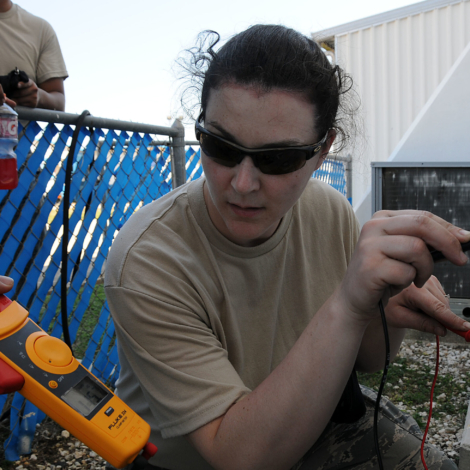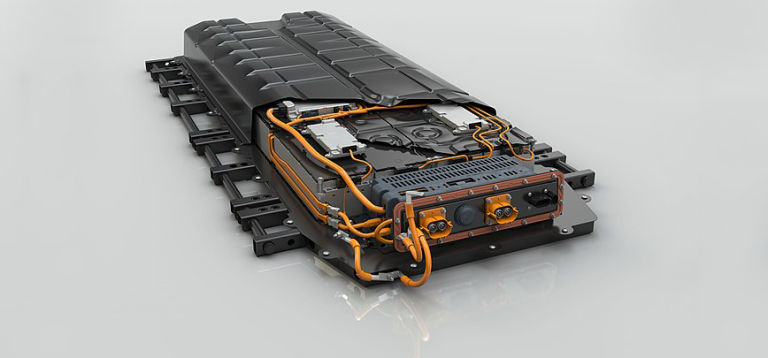Note: The following text is a research brief. It is based on the paper, cites the paper, explains the findings in plain language and includes a video to explain one of the concepts or technologies mentioned. Research briefs can include comments by an author and/or a third party expert who was not involved in the research.
We discussed the option of forgoing the research brief and instead reprinting the abstract here. That is also possible. I’m leaving this here as an example and I will go with your decision.
Combining a variable refrigerant flow heating and cooling system with heat recovery could provide steep savings in energy and hot water usage in net-zero energy homes, new research suggests. Modeling simulations suggest the VRF system with hydraulic heat recovery provides savings of up to 32% of cooling energy and 90% of hot water usage compared to net-zero home designs without VRF heat recovery technology. The findings are published in the open-access Journal of Energy Resources Technology by Dongsu Kim, an Architectural Engineer at Hanbat National University in Daejeon, South Korea, and co-authors.
VRF systems vary the flow of refrigerant to indoor units based on demand, making them ideal for places with changing needs or multiple zones. They work like a multi-split system, connecting many indoor units to one outdoor condensing unit. The arrangement allows for simultaneous heating, cooling, and heat recovery. VRF systems can be customized to provide personalized comfort in different areas of a building. The ability to control the amount of refrigerant provided to fan coil units located throughout a building makes the VRF technology ideal for applications with varying loads or where zoning is required.
Efficient heating and cooling systems, along with renewable energy sources, are key in crafting net-zero energy homes. Traditional HVAC and hot water systems have long been a concern in the quest for net-zero homes as they can be energy hogs. The system this study tested addresses the challenge by efficiently managing heating, ventilating, and air-conditioning (HVAC) requirements while simultaneously recycling thermal waste for other applications, such as domestic hot water.
In their comprehensive building energy simulation, Dr. Kim and colleagues assessed the VRF system with heat recovery in several climate conditions. The researchers used the US National Institute of Standards and Technology (NIST)’s net-zero energy residential test facility as a benchmark for net-zero baseline models.
The model revealed that the proposed VRF design could achieve up to a 32 percent reduction in cooling energy usage across different climate zones, highlighting the system’s ability to provide substantial energy savings. The system may also have the potential for up to a 90 percent reduction in domestic hot water usage compared to net-zero home designs without VRF heat recovery technology, according to the model. By repurposing thermal waste for hot water applications, the system minimized energy waste.
Powering the system with renewable energy is key to the net-zero concept. In the study, photovoltaic on-site power generation was incorporated into the system, demonstrating that zero energy performance in residential buildings may be attainable with proper integration of renewable energy technologies.
The findings encourage further research and investment in sustainable building practices.

